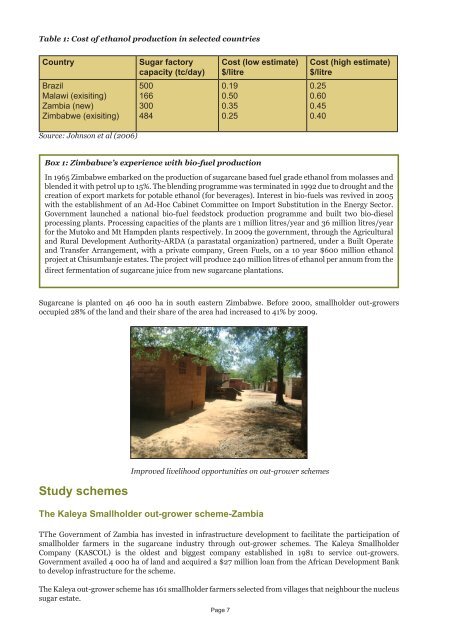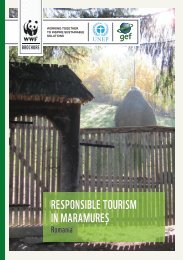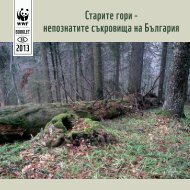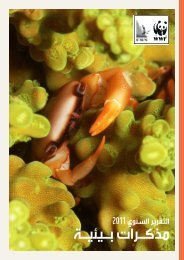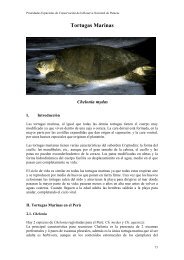Assessment of sugarcane outgrower schemes for
Assessment of sugarcane outgrower schemes for
Assessment of sugarcane outgrower schemes for
You also want an ePaper? Increase the reach of your titles
YUMPU automatically turns print PDFs into web optimized ePapers that Google loves.
Table 1: Cost <strong>of</strong> ethanol production in selected countries<br />
Country<br />
Sugar factory<br />
capacity (tc/day)<br />
500<br />
166<br />
300<br />
484<br />
Cost (low estimate)<br />
$/litre<br />
0.19<br />
0.50<br />
0.35<br />
0.25<br />
Cost (high estimate)<br />
$/litre<br />
0.25<br />
0.60<br />
0.45<br />
0.40<br />
Brazil<br />
Malawi (exisiting)<br />
Zambia (new)<br />
Zimbabwe (exisiting)<br />
Source: Johnson et al (2006)<br />
Box 1: Zimbabwe’s experience with bio-fuel production<br />
In 1965 Zimbabwe embarked on the production <strong>of</strong> <strong>sugarcane</strong> based fuel grade ethanol from molasses and<br />
blended it with petrol up to 15%. The blending programme was terminated in 1992 due to drought and the<br />
creation <strong>of</strong> export markets <strong>for</strong> potable ethanol (<strong>for</strong> beverages). Interest in bio-fuels was revived in 2005<br />
with the establishment <strong>of</strong> an Ad-Hoc Cabinet Committee on Import Substitution in the Energy Sector.<br />
Government launched a national bio-fuel feedstock production programme and built two bio-diesel<br />
processing plants. Processing capacities <strong>of</strong> the plants are 1 million litres/year and 36 million litres/year<br />
<strong>for</strong> the Mutoko and Mt Hampden plants respectively. In 2009 the government, through the Agricultural<br />
and Rural Development Authority-ARDA (a parastatal organization) partnered, under a Built Operate<br />
and Transfer Arrangement, with a private company, Green Fuels, on a 10 year $600 million ethanol<br />
project at Chisumbanje estates. The project will produce 240 million litres <strong>of</strong> ethanol per annum from the<br />
direct fermentation <strong>of</strong> <strong>sugarcane</strong> juice from new <strong>sugarcane</strong> plantations.<br />
Sugarcane is planted on 46 000 ha in south eastern Zimbabwe. Be<strong>for</strong>e 2000, smallholder out-growers<br />
occupied 28% <strong>of</strong> the land and their share <strong>of</strong> the area had increased to 41% by 2009.<br />
Study <strong>schemes</strong><br />
Improved livelihood opportunities on out-grower <strong>schemes</strong><br />
The Kaleya Smallholder out-grower scheme-Zambia<br />
TThe Government <strong>of</strong> Zambia has invested in infrastructure development to facilitate the participation <strong>of</strong><br />
smallholder farmers in the <strong>sugarcane</strong> industry through out-grower <strong>schemes</strong>. The Kaleya Smallholder<br />
Company (KASCOL) is the oldest and biggest company established in 1981 to service out-growers.<br />
Government availed 4 000 ha <strong>of</strong> land and acquired a $27 million loan from the African Development Bank<br />
to develop infrastructure <strong>for</strong> the scheme.<br />
The Kaleya out-grower scheme has 161 smallholder farmers selected from villages that neighbour the nucleus<br />
sugar estate.<br />
Page 7


